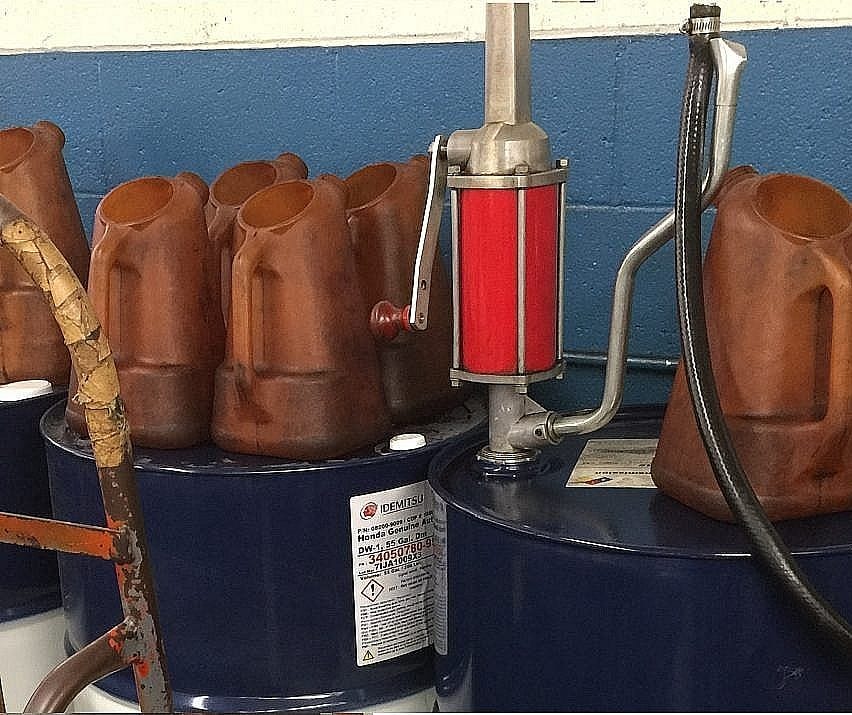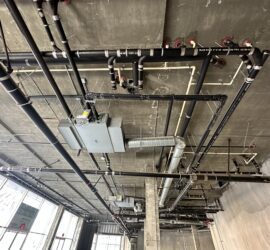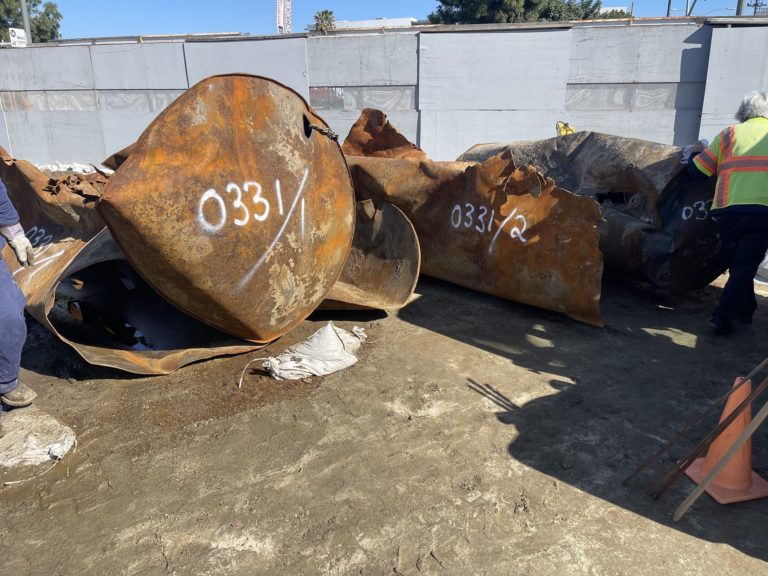De Minimis Condition in Phase 1 ESA Reports?
A de minimis condition, as per the ASTM E1527 Standard for Phase 1 Environmental Site Assessment reports, is a property condition that doesn’t pose a threat to human health or the environment. Although this is a notable concern to document, it does not warrant further action or the general interest of the environmental regulatory agencies. As a result, there generally isn’t a recommendation for a Phase 2 Environmental Site Assessment due to a De Minimis Environmental Condition. Nonetheless, it must be brought to light within any Phase 1 Environmental report process, for user guidance. The official definition for this term, as well as RECs, CRECs, or HRECs are available by the American Society for Testing and Materials (ASTM). Updated November 5, 2023.

Examples of a De Minimis Condition
A de minimis condition will be within the outline of a Phase I Environmental Site Assessment Report. Per the ASTM Standard, the environmental report should have a findings section that identifies all types of environmental conditions. Typically, environmental professionals do not recommend a Phase 2 Subsurface Investigation over this. However, there is a possibility that a recommendation for a basic site assessment may come about when erring on the side of caution. For instance, if a property includes RECs as well as a de minimis condition, the investigation might target both of these environmental conditions at once. Although, most Phase 2 Environmental Site Assessment costs generally limit the scope to RECs which threaten the environment beyond a reasonable doubt.
A De Minimis Environmental Condition Can be Easily Solvable
Often times, a De Minimis Environmental Condition is comparable to a simple environmental compliance violation. These types of environmental conditions are solvable. And they can be something with an easy solution too. For example, adding a secondary tray under a storage rack of full consumer paint and cleaning items. This aims to catch any leaks and is a proper solution that satisfies standard environmental compliance audit guidelines.
Who Defines the Environmental Condition
All types of environmental issues and conditions within a Phase I ESA are defined by the American Society for Testing and Materials (ASTM) E-1527 standards. The ASTM manual is the current standard for Phase I Environmental Site Assessment process. This manual provides a general outline of how the assessment must occur, and what site-specific items to include. Within the outline are various industry terms, as well as the ASTM official definition. For instance, the guideline illustrates what an REC is, as well as HRECs and CRECs.
Other Types of Environmental Conditions
To clarify what this type of condition is, it helps to understand the ASTM definitions of other concerns. Per the ASTM Standard, a Recognized Environmental Condition (REC) is a presence or likely presence of a hazardous substance. The REC term includes hazardous substances and petroleum products, even under conditions that might be in compliance with laws. A REC is not a de minimis, because it essentially does present a threat to human health and the environment. Moreover, an REC is usually subject to enforcement action by governmental agencies. Similarly, CRECs and HRECs are controlled and historical versions of an REC, respectively.
De Minimis Conditions & Phase 1 Environmental Site Assessments
The terminology and definitions applicable in this article mainly derive from the Phase 1 Environmental Site Assessment process. However, they are industry-wide terms that apply to regulatory agency procedures, as well as remediation projects and environmental laws. In fact, these conditions are most identifiable during the site reconnaissance task of the Phase 1 Site Inspection. Environmental Professionals are trained to identify these occurrences of environmental importance, for the benefit of the report user. Similarly, these findings and their corrective action are for the greater good of existing property owners and the general public.









